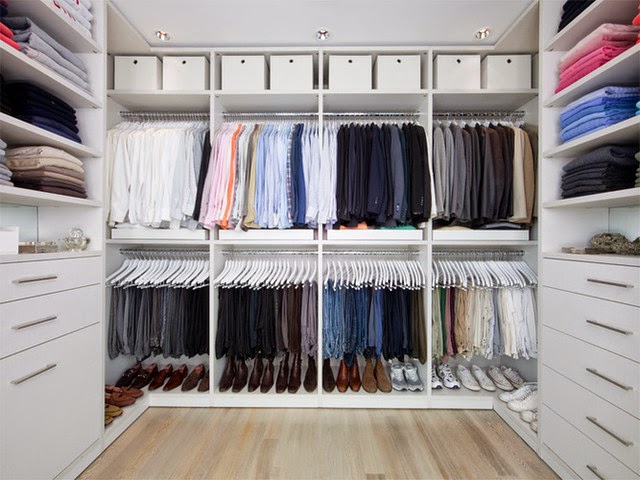Get Organized!
Organized Folder System
With our 3 easy steps and downloadable labels, organizing important documents has never been simpler. Start by sorting, then discover a system that works for you and learn the proper upkeep.
Before you get started, download and print our customizable labels and folder fronts so they're ready to go when you start filing.
1. Sort. First, grab a box, basket or even laundry bin and move around your home collecting paperwork from desks, entryway tables, the kitchen and other paper-ridden spots. Next, sit down and sort your paperwork by category. For example:
Tip: From bills to tax returns, learn what to keep and what to throw away in our article, Organize Your Financial Records.
2. Organize. After sorting your paperwork, assess the amount and select a system that fits your needs:
3. Maintain. Now that you’ve set up a system, keeping files organized is simple. Whenever you’re done using a document, just file it away. Within the folders, order documents from newest to oldest. At the end of each year, review your files and get rid of anything that’s no longer relevant, or scan and save digital copies—back them up on an external hard drive, just like you would with photos.
1. Sort. First, grab a box, basket or even laundry bin and move around your home collecting paperwork from desks, entryway tables, the kitchen and other paper-ridden spots. Next, sit down and sort your paperwork by category. For example:
- Appliance manuals
- Banking
- Bills
- Employment (Pay stubs, contracts)
- Home maintenance
- Invoices
- Legal (Birth certificates, passports, wills)
- Medical
- Receipts
- School (Permission slips, college applications, supply lists)
- Taxes
- Vehicle (Car repair receipts, insurance info)
- Warranties
Tip: From bills to tax returns, learn what to keep and what to throw away in our article, Organize Your Financial Records.
2. Organize. After sorting your paperwork, assess the amount and select a system that fits your needs:
Expandable Folder: If you haven’t accumulated a lot of paperwork, a set of expandable file folders should suffice. Create one folder for each year; most have 10-20 pockets and are slim enough to fit inside a drawer when they aren’t in use. You can even decoupage yours and display it on a shelf or bookcase.
- Filing Cabinet: When you have lots of papers, or anticipate having more in the near future, invest in a filing cabinet. Save space with our dual-purpose filing cabinet bench or try a desk with built-in filing cabinets. Color-code your collection with our downloadable designs to make finding what you're looking for even easier.
- Binders: Do you own a home business, or supplement your income by selling handmade goods? In this case, binders are the best choice. Fill one with invoices, another with write-off receipts, and so on. Line them up on a shelf, then go through them once a year and transfer dated documents to a filing cabinet.
3. Maintain. Now that you’ve set up a system, keeping files organized is simple. Whenever you’re done using a document, just file it away. Within the folders, order documents from newest to oldest. At the end of each year, review your files and get rid of anything that’s no longer relevant, or scan and save digital copies—back them up on an external hard drive, just like you would with photos.

Comments
Post a Comment